For the past three years, my main smart TV experience has been with a 43-inch Android TV from Xiaomi (the TV P1). Everything started out just fine, but the experience slowly degraded to a point where, about once or twice a month, the TV completely froze, forcing my husband and me to dig behind it to unplug it and force a shutdown and reboot.
Then, about a month ago, I got the new Google TV Streamer and I was instantly taken aback by how smooth the Google TV interface has been with it. Is this how a nice TV viewing experience should be? Well, yes, and it’s not just Xiaomi’s fault, either. I think we need to turn our heads towards Google for creating the problem before trying to solve it with the new TV Streamer.
How old is your Android TV / Google TV and how's your experience been?
0 votes
Everything that went wrong with my Xiaomi Android TV
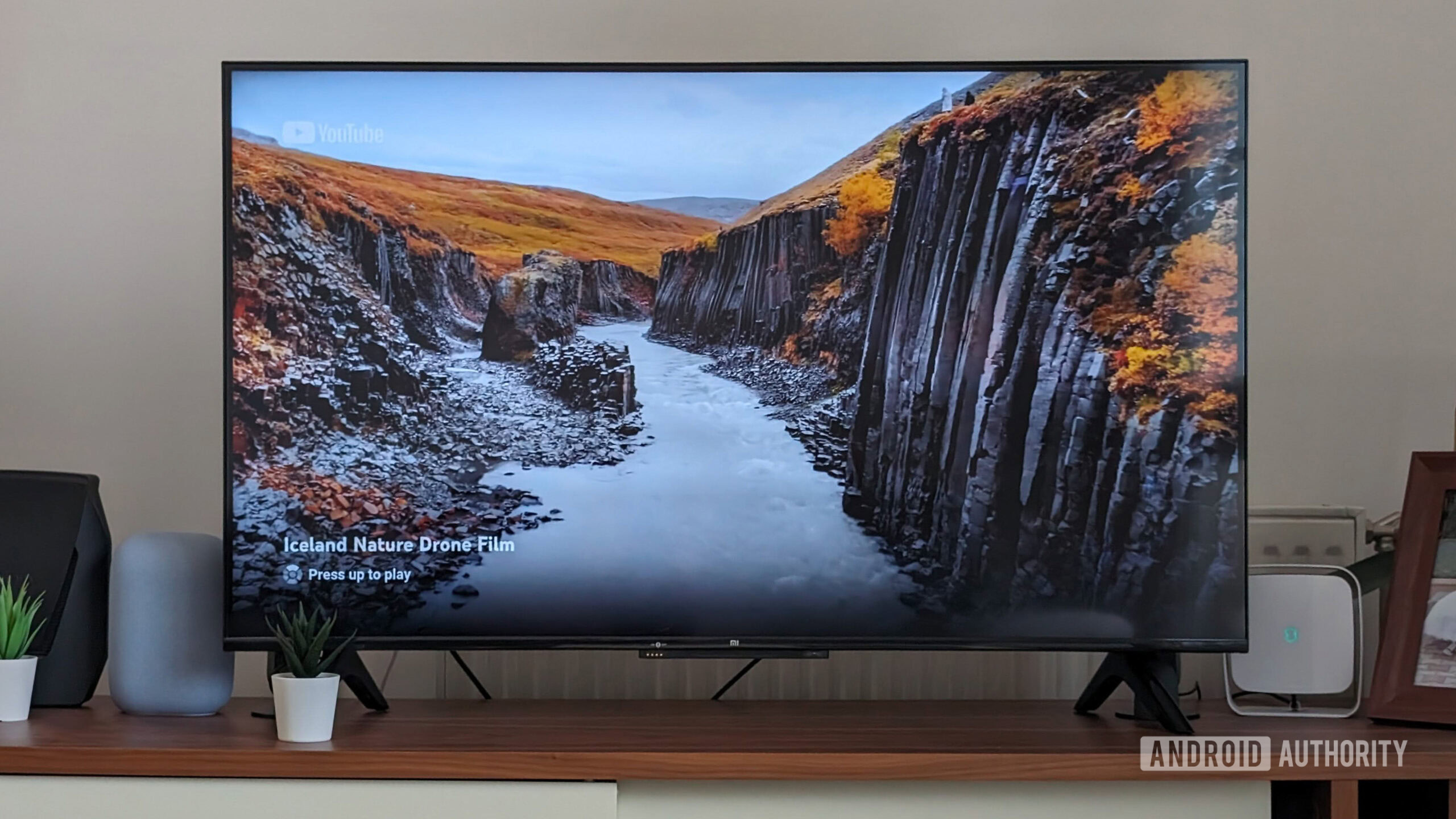
Rita El Khoury / Android Authority
I know I hadn’t sprung for the highest-end TV out there, but when I purchased it, Xiaomi’s TV P1 wasn’t shabby at all. It ran a MediaTek MT9611 (quad-core up to 1.5GHz) with a Mali G52 MP2 GPU (up to 950MHz), 2GB of RAM, and 16GB of storage; clearly, there were worse smart TVs and worse Android TV boxes out there.
And it ran fine for a few months, so much so that I relegated my Chromecast with Google TV to a secondary spot. I’d turn on the TV, not the Chromecast plugged into it, and use that. With time, though, issues started surfacing.
First, some apps like Plex and YouTube would force close the moment I opened them. I thought they were being updated in the background and had to be restarted to apply the update. But when that happened over and over again, with multiple apps, twice or three times in a row, I started questioning my apologetic theory.
Then, the dreaded lag started creeping into my experience. At times, I could move through rows of items, click, exit, and move again, all without a hitch. Other times, nothing would happen for a few seconds until the TV caught up with my clicks and did everything in a flash.
The first time you power-wash your TV, you laugh it off. The tenth time, you're just annoyed by this supposedly 'smart' technology.
Eventually, though, the TV started exhibiting more disruptive issues. We’d turn it on and see the light flashing red, but nothing would show up on the display. Turn off, turn on, and we may get lucky. Otherwise, we’d have to power-wash the TV by digging behind it to unplug and replug it. Then it started completely freezing mid-use, going unresponsive for a long time, and forcing us to also power-wash it.
Oh, and forget about updates! My TV was stuck on some pre-Google-TV Android TV version that lacked a lot of bug fixes and new features like the side panel and multiple profile support. The one that irked me the most, though, was that Google had, for some befuddling reason, given the YouTube app on Android TV a second-tier treatment and kept the playback speed feature away from it. If I wanted to watch any video at 1.25x or 1.5x, I had to switch to my Chromecast.
For some reason, Google didn't add the YouTube playback speed control to its YouTube app on Android TV, but it did on Google TV.
Eventually, enough was enough, and I started using the Chromecast more, even though it, too, had the odd issue here and there and was limited to 8GB of storage for my apps.
The TV Streamer fixed it all, so why doesn’t Google require more powerful hardware?
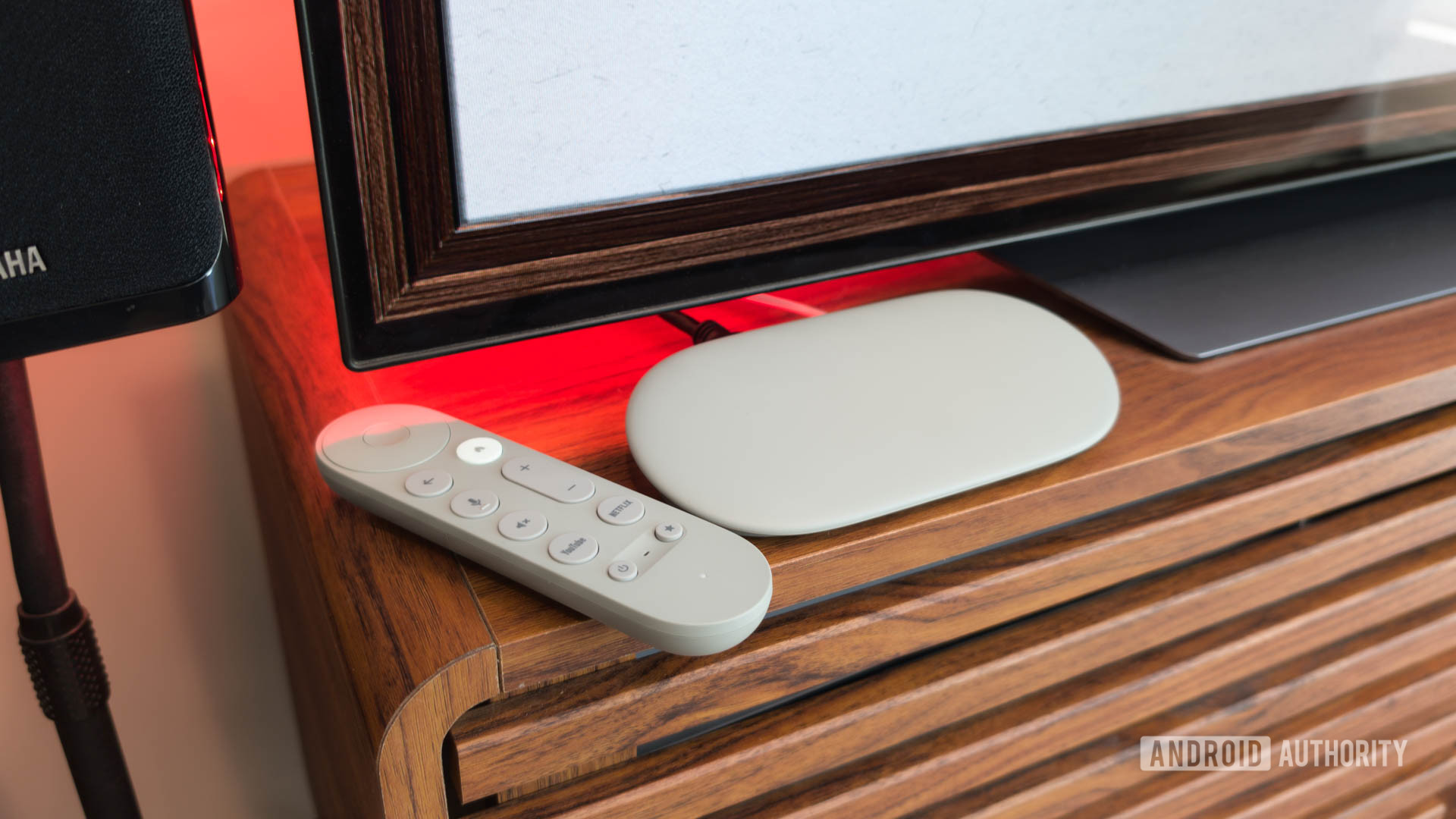
C. Scott Brown / Android Authority
When I plugged in the Google TV Streamer and started using it instead, it was as if I’d bought a whole new TV. Just switch to HDMI input and let the more powerful hardware handle everything.
Google didn’t specify the Streamer’s internals, but we know it has a quad-core MediaTek MT8696 chip (up to 2.0GHz) and a PowerVR GE9215 GPU (up to 850MHz). On top of that, it comes with a whopping 4GB of RAM and 32GB of storage.
A better processor and more RAM are exactly what the doctor ordered to fix my lousy Android TV experience.
For a phone, these specs would be abysmal, but for a smart TV platform, they’re almost too much. But that’s exactly what the entire Android TV and Google TV experience needed to be smoother, faster, and less buggy. For a month now, I haven’t had a hiccup, lag, bug, or issue with the Streamer — or my Xiaomi, because this smart TV is just a dumb display now like my colleague Rob advocated for recently.
So why doesn’t Google just require manufacturers to include more powerful hardware from the start? Why isn’t there a higher minimum entry point to ensure that everyone’s experience on Android TV/Google TV is fast, smooth, and bug-free?
I want to keep my smart TV for five or 10 years, but this underpowered hardware makes it slow and useless much sooner.
It’s not like a slightly faster processor or 2GB more RAM would add such a huge cost to the TV’s bill of material. And for a product you’re supposed to keep for at least five, if not 10 years, paying a few extra dollars and getting more future-proof hardware for a smoother and bug-free experience with longer support down the line is an easy upsell.
Unfortunately, it seems that Google is going in the exact opposite direction and dropping its requirements for Android TV even further. According to Mishaal Rahman’s findings, manufacturers will be able to make 1080p Android TV 14 sets with just 1GB of RAM (1.5GB for 4K, and 2GB if you want a Google TV certification on top of Android TV), which I guarantee will provide a good experience for all of five seconds before everything becomes an agonizing wait. And then we wonder why people flock from Android to Apple…


Google TV Streamer
Fast processor • Smart home features • Great remote • Flagship product
Google's boldest streaming device ever.
Carrying on the legacy of the Chromecast, the Google TV Streamer brings a sleek new design, more power, a redesigned remote, and smart home hub features to Google TV.

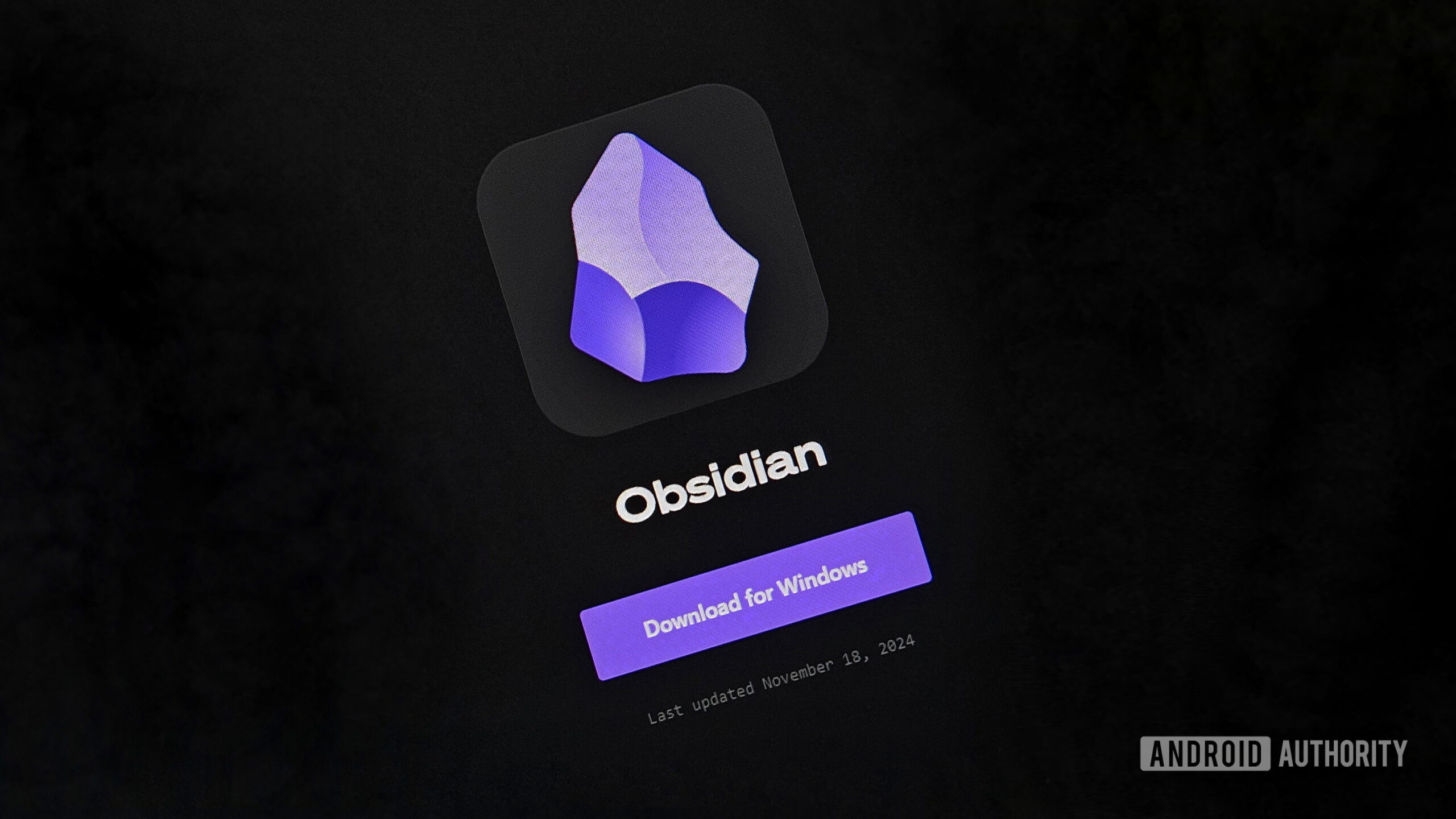
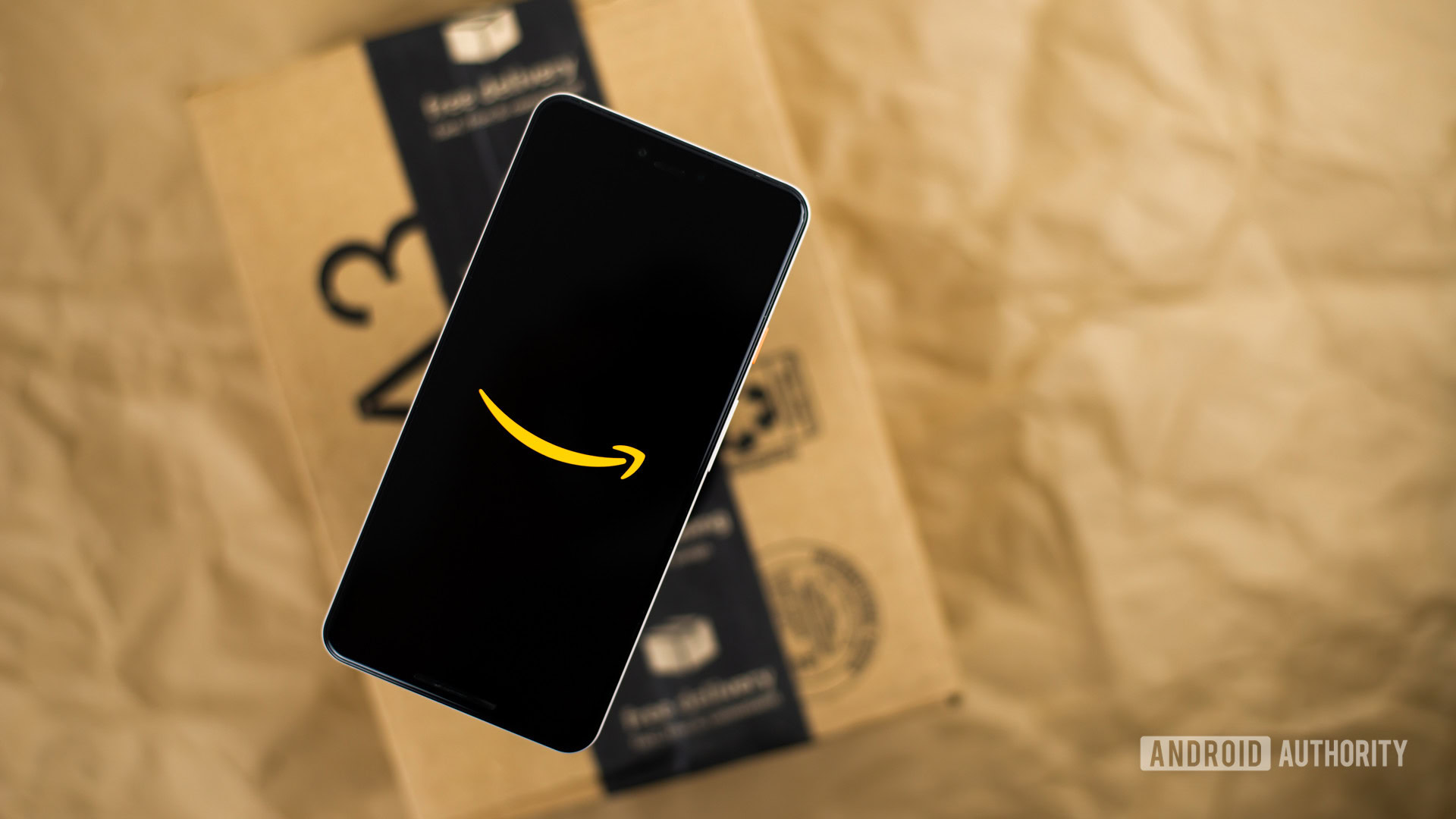
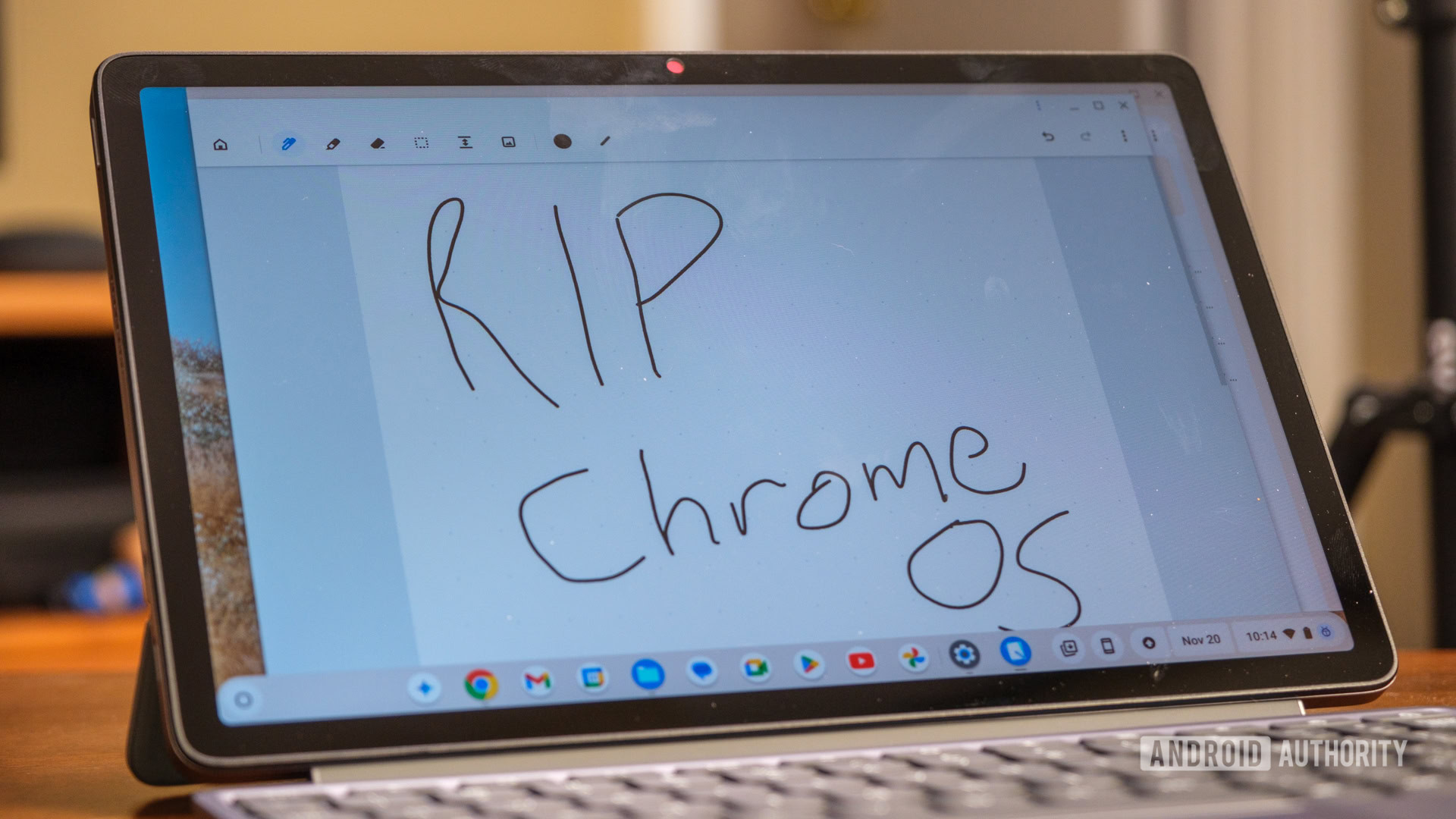




 English (US) ·
English (US) ·